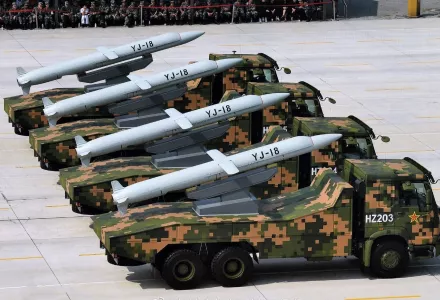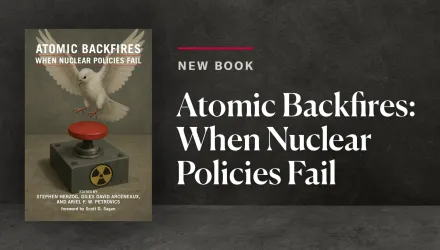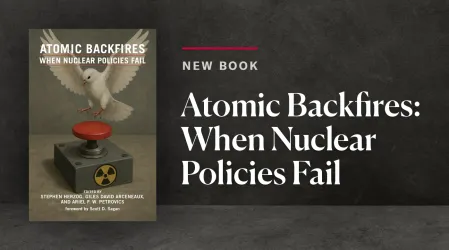
Recently published documents, news reports, and other sources of open source information indicate that China is accelerating its current nuclear force modernization programme. It is clear that it is driven largely in response to the growing United States (U.S.) missile defense program, which China perceives as a threat to its minimum credible deterrence. While China is not altering its nuclear doctrine, it believes that it needs to enhance the reliability, survivability, and effectiveness of its retaliatory capability in response to a first-strike. In addition to expanding the size of its nuclear arsenal, it is enhancing its delivery capabilities, for example, by increasing the number of ICBMs and making them more sophisticated. It is building more Multiple Independently Targetable Reentry Vehicle (MIRV) warheads as well as a new class of ballistic missile submarines. China’s ongoing nuclear modernization aims to increase the survivability, reliability, safety, and penetration capability of its small nuclear arsenal and thereby assures a limited, reliable, and effective counterattack capability that will deter a nuclear first-strike. China’s nuclear modernization program will likely continue to be guided by its nuclear policy, which is characterized by a no-first-use pledge and a commitment to “minimum nuclear deterrence.” Finally, while China supports the total elimination of nuclear weapons, it does not believe it is in China’s interest to participate in discussions about nuclear disarmament until the U.S. and Russia reduce their arsenals to one thousand each, or lower.
Zhang, Hui. “China's Nuclear Weapons Strategy and Modernization Program.” International Network of Engineers and Scientists for Global Responsibility, Fall 2021
The full text of this publication is available via International Network of Engineers and Scientists for Global Responsibility.





